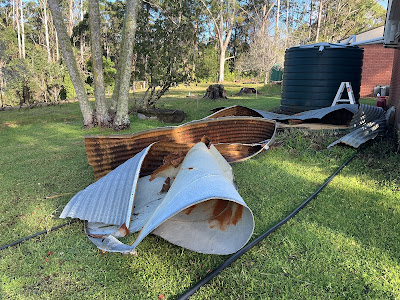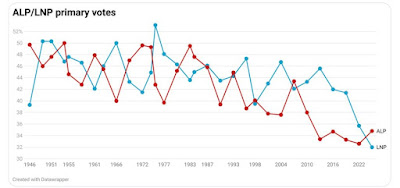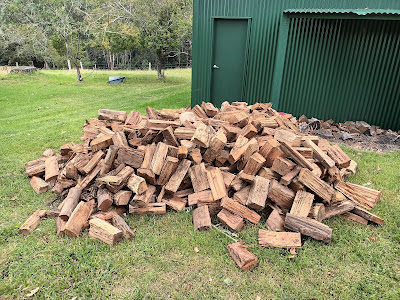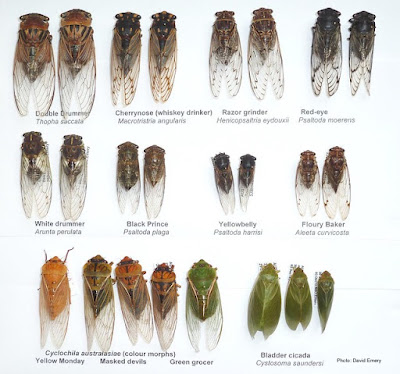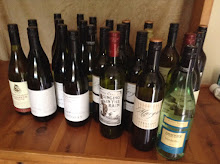Been a lot of discussion lately about the increasing cost of a cup of coffee at a cafe.
Back in the day, $3.50 was normal for a medium sized cup.
Now it’s around $6 and some people say heading for $10.
A cafe owner broke down the costs.
For a standard flat white with a single shot about 12 grams of coffee beans are needed. At an industry average wholesale cost, this comes to approximately 38 cents per cup.
Next, there's the milk. A regular flat white typically uses around 200ml of milk. If you're paying $4.00 for a 2-litre bottle, that's $2.00 per litre, making the milk cost about 40 cents per cup.
Additionally there’s the cup and lid, which usually cost around 20 cents together.
Therefore total ingredient costs for a single cup of coffee come to roughly 98 cents.
Labour is one of the most significant costs in making a cup of coffee.
Consider a full-time, permanent barista working an 8-hour shift from 6 am to 2 pm. The award hourly rate is $27.17.
Adding in superannuation (401k) at 11%, holiday pay at 7%, sick pay at 3%, and workers' compensation at 3%, the total cost to the business per hour is $33.75, or $270 for the entire shift.
If a barista can make 200 coffees during this shift, the labour cost per cup is $1.35.
However, this cost can increase on weekends, reaching around $40 per hour on Saturdays and $50 per hour on Sundays. Therefore, how much it costs to make a cup of coffee can vary significantly based on the day and the number of cups sold.

The gross profit from a cup of coffee involves subtracting the ingredient and labour costs from the selling price.
Assuming a flat white sells for $5.00.
First remove the 10% GST (goods and services tax) which is 45 cents, leaving $4.55.
Deduction of the 98 cents ingredient and $1.35 labour costs leaves final gross profit per cup is $2.22.
Out of that the café then has to pay for rent, power, insurance, and other operational costs like cleaning and garbage disposal. These costs can add up per week. The combination of profit from the coffee and other items sold at the café all have to contribute to covering these expenses.
We hardly buy coffee out anymore.
It’s now considered a treat.
We do it ourselves at home ie. DIY
We bought a reasonably sophisticated manual cappuccino machine for just under $1000.
This is the third of the same brand model each subsequently updated we have bought over the last 20 years.
So machine longevity is about 8+ years.
Our imported Italian beans cost retail $36kg or $0.72 for a 20 gram double shot.
Milk $0.35 (supermarket home brand)
Labour $0
Overheads $0.20 (machine/power)
Total cost $1.27 cup.
Why would you buy cafe coffee on a regular basis these days?
The above figures are all in Australian dollars.
$A1 = $US0.65
$A1 = £0.48
$A1 = €0.56


















